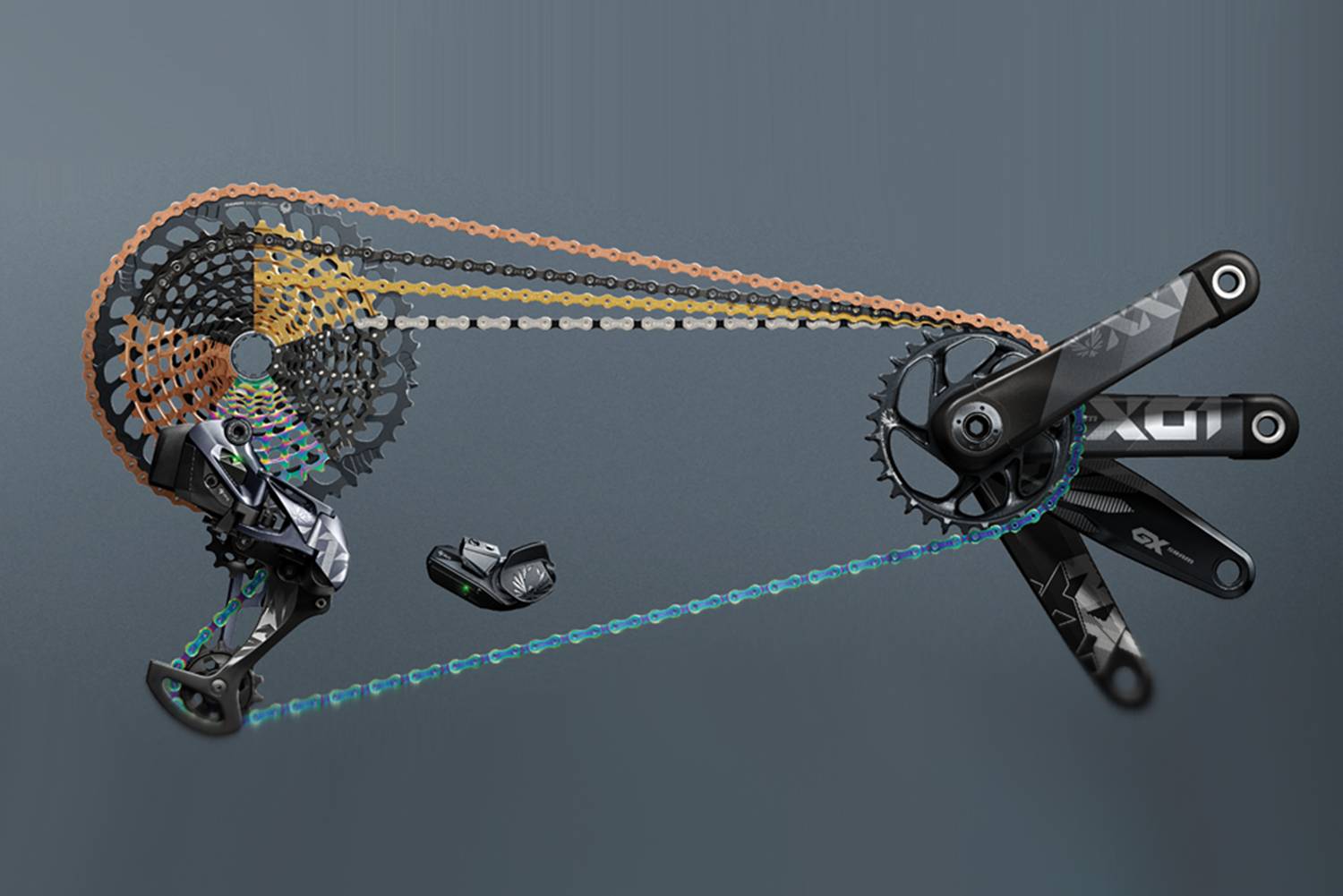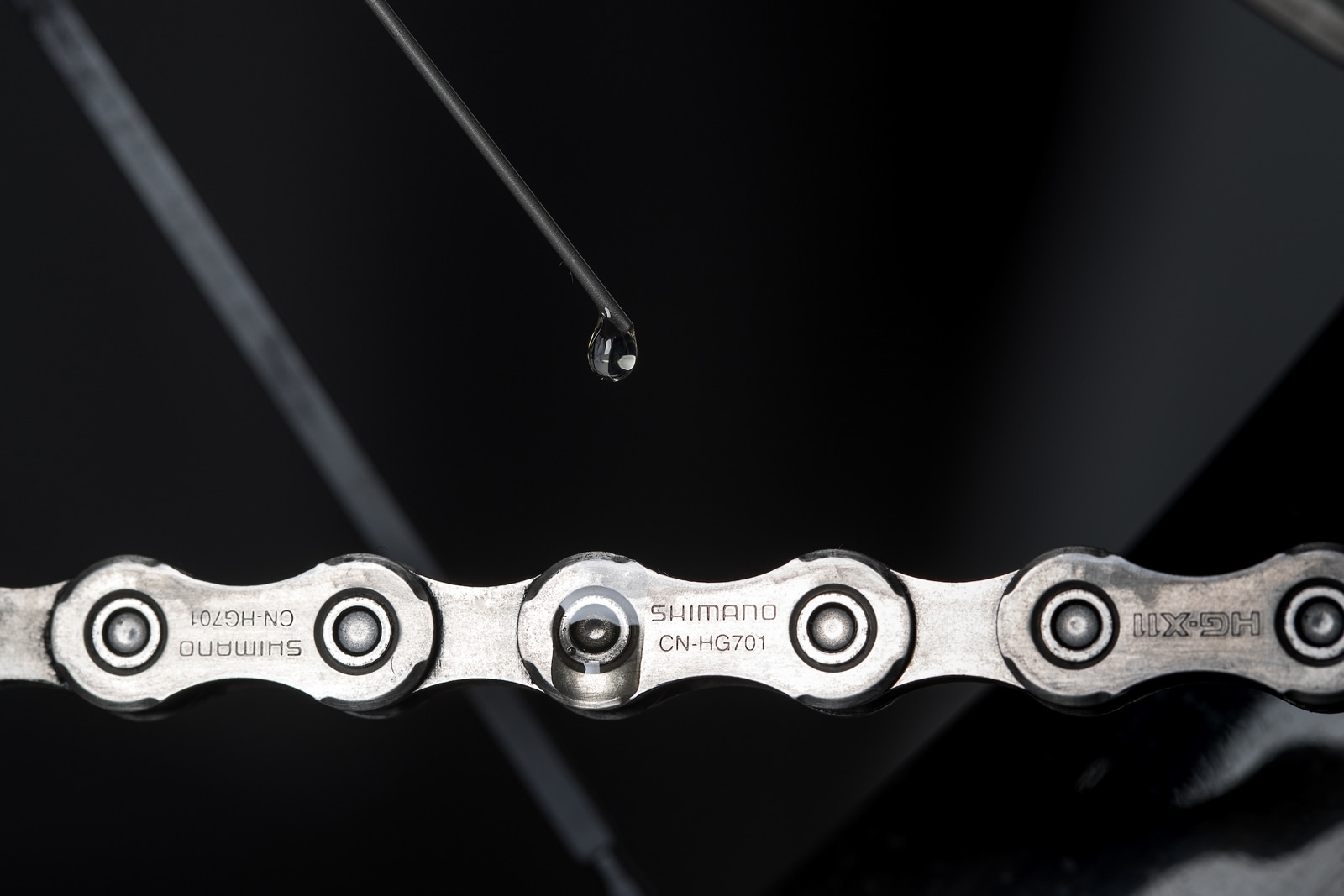Understanding the Role of Chains in Bicycle Transmission
Bicycle chains play a crucial role in the overall functioning of a bike, serving as the critical link between the pedals and the rear wheel. By transmitting power from the pedals to the rear wheel, chains enable cyclists to propel themselves forward. Given their importance, choosing the right chain is essential for optimal bicycle performance. In this comprehensive overview, we will compare two of the most popular bicycle chain manufacturers, KMC and Shimano, to help you make an informed decision. We will examine the key differences and similarities between their chains, as well as offer a step-by-step guide on how to choose the right chain for your needs. We will also provide real-world examples and expert opinions to help you better understand the performance and durability of KMC and Shimano chains in different cycling disciplines.
Introducing KMC and Shimano: Key Players in Bicycle Chain Manufacturing
When it comes to bicycle chain manufacturing, KMC and Shimano are two of the most well-known and respected brands in the industry. Both companies have a long history of producing high-quality chains for a variety of cycling disciplines. KMC, or Kwun Tong Cycle Manufacturing Company, was founded in Taiwan in 1977 and has since become one of the largest chain manufacturers in the world. KMC chains are known for their durability, lightweight design, and innovative features, making them a popular choice among cyclists.
Shimano, on the other hand, is a Japanese company that has been in operation since 1921. Shimano is a household name in the cycling industry, known for producing a wide range of components, including derailleurs, brakes, and chains. Shimano chains are highly regarded for their reliability, performance, and compatibility with a variety of drivetrains.
KMC vs Shimano: Key Differences and Similarities
When it comes to choosing between KMC and Shimano chains, there are several key differences and similarities to consider. Durability: Both KMC and Shimano chains are known for their durability, but KMC chains tend to be slightly more robust due to their use of high-quality materials and innovative design features.
Weight: Shimano chains are generally heavier than KMC chains, which can be a consideration for cyclists who prioritize weight savings.
Materials: KMC chains are typically made from a combination of steel and alloy, while Shimano chains are made from steel.
Price Points: KMC chains tend to be more affordable than Shimano chains, making them a popular choice among budget-conscious cyclists.
Shared Features and Technologies: Both KMC and Shimano chains use advanced technologies such as hollow pins and heat treatment to improve strength and durability. Additionally, both brands offer chains that are compatible with a variety of drivetrains and speed configurations.
How to Choose Between KMC and Shimano Chains: A Step-by-Step Guide
When it comes to choosing between KMC and Shimano chains, there are several factors to consider. Here is a step-by-step guide to help you make an informed decision:
Determine Your Budget: KMC chains tend to be more affordable than Shimano chains, so it’s essential to determine your budget before making a decision.
Consider Intended Use: If you’re a serious cyclist who prioritizes durability and performance, Shimano chains may be the better choice. However, if you’re a casual cyclist or on a tight budget, KMC chains offer excellent value for the price.
Measure Chain Size: It’s essential to measure your bike’s chain size to ensure compatibility with your drivetrain. Both KMC and Shimano chains come in various sizes, so it’s essential to choose the right one.
Check Compatibility: Make sure the chain you choose is compatible with your bike’s drivetrain. Both KMC and Shimano chains are compatible with a variety of drivetrains, but it’s essential to double-check before making a decision.
Consider Personal Preferences: Ultimately, the choice between KMC and Shimano chains comes down to personal preferences. Consider factors such as weight, materials, and durability when making your decision.
Real-World Applications: Comparing KMC and Shimano Chains in Practice
To better understand the differences and similarities between KMC and Shimano chains, let’s take a look at some real-world examples. Road Biking: For road biking, both KMC and Shimano chains offer excellent performance and durability. However, KMC chains tend to be lighter and more affordable, making them a popular choice among budget-conscious cyclists. Shimano chains, on the other hand, are known for their reliability and compatibility with a variety of drivetrains.
Mountain Biking: In mountain biking, both KMC and Shimano chains are designed to withstand the rigors of off-road riding. KMC chains are known for their durability and resistance to wear and tear, while Shimano chains offer excellent shifting performance and compatibility with a variety of drivetrains.
BMX Biking: For BMX biking, KMC chains are a popular choice due to their lightweight design and durability. Shimano chains are also used in BMX biking, but they tend to be heavier than KMC chains.
Overall, both KMC and Shimano chains offer excellent performance and durability in various cycling disciplines. When choosing between the two, it’s essential to consider factors such as budget, intended use, and personal preferences.
Expert Opinions: Reviews and Recommendations for KMC and Shimano Chains
When it comes to choosing between KMC and Shimano chains, it’s essential to consider expert opinions and reviews. Here are some strengths and weaknesses of each brand, as well as recommendations and best practices for maintenance and care. KMC Chains:
Strengths:
Lightweight design
Durable materials
Affordable price points
Weaknesses:
May not offer the same level of compatibility with some drivetrains as Shimano chains
Recommendations:
KMC chains are an excellent choice for budget-conscious cyclists who prioritize weight savings and durability.
Best Practices for Maintenance and Care:
Clean and lubricate your KMC chain regularly to ensure optimal performance and longevity.
Check for signs of wear and tear, such as stretched links or rust, and replace your chain as needed.
Shimano Chains:
Strengths:
Compatible with a wide range of drivetrains
Excellent shifting performance
Durable materials
Weaknesses:
Heavier than KMC chains
More expensive than KMC chains
Recommendations:
Shimano chains are an excellent choice for serious cyclists who prioritize compatibility and shifting performance.
Best Practices for Maintenance and Care:
Clean and lubricate your Shimano chain regularly to ensure optimal performance and longevity.
Check for signs of wear and tear, such as stretched links or rust, and replace your chain as needed.
Making an Informed Decision: Balancing Cost, Performance, and Durability
When it comes to choosing between KMC and Shimano chains, it’s essential to balance cost, performance, and durability. Here are some key points to consider:
Budget: KMC chains tend to be more affordable than Shimano chains, making them a popular choice for budget-conscious cyclists. However, Shimano chains offer excellent performance and durability, which may be worth the extra cost for serious cyclists.
Intended Use: Consider the type of cycling you’ll be doing and the conditions you’ll be riding in. For example, if you’re a serious road cyclist who prioritizes shifting performance and durability, a Shimano chain may be the better choice. However, if you’re a casual cyclist or a mountain biker who prioritizes weight savings and affordability, a KMC chain may be the better choice.
Personal Preferences: Ultimately, the choice between KMC and Shimano chains comes down to personal preferences. Consider factors such as weight, materials, and durability when making your decision.
When it comes to measuring chain size and compatibility with other components, it’s essential to consult your bike’s manufacturer or a knowledgeable bike shop. They can help you determine the correct chain size and compatibility with your bike’s drivetrain.
In summary, choosing the right chain for your bicycle is an essential part of maintaining optimal performance and longevity. By balancing cost, performance, and durability, and considering factors such as budget, intended use, and personal preferences, you can make an informed decision and find the right chain for your bike.
Conclusion: Finding the Right Chain for Your Bicycle
In conclusion, choosing the right chain for your bicycle is an essential part of maintaining optimal performance and longevity. By comparing and contrasting KMC and Shimano chains, taking into account factors such as budget, intended use, and personal preferences, and considering expert opinions and reviews, you can make an informed decision and find the right chain for your bike. When it comes to measuring chain size and compatibility with other components, it’s essential to consult your bike’s manufacturer or a knowledgeable bike shop. They can help you determine the correct chain size and compatibility with your bike’s drivetrain.
Additionally, proper maintenance and care are crucial to ensuring the longevity and performance of your bike chain. Regular cleaning, lubrication, and inspection can help prevent wear and tear, rust, and other issues that can affect your chain’s performance.
In summary, by balancing cost, performance, and durability, considering your individual needs and preferences, and following best practices for maintenance and care, you can find the right chain for your bicycle and enjoy many miles of smooth and efficient cycling.





